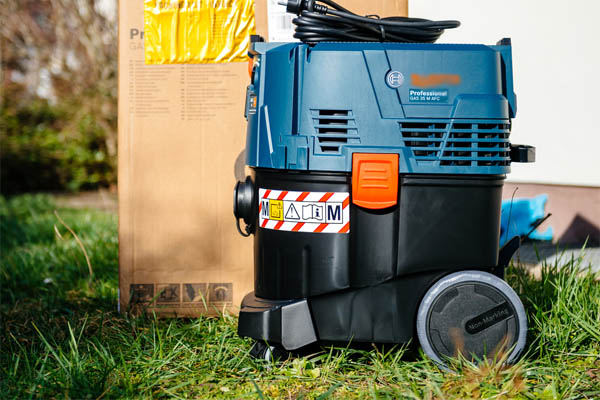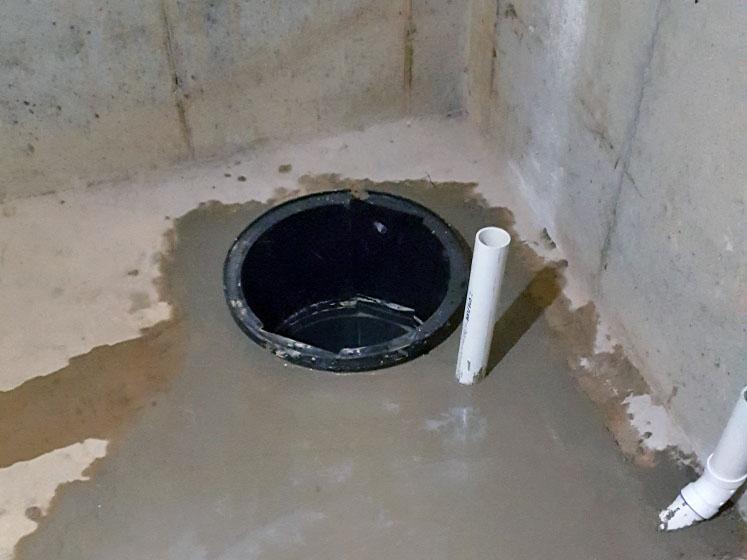My Comprehensive Guide to Maintaining a Sump Pump
My Comprehensive Guide to Maintaining a Sump Pump
Blog Article
We've stumbled on this post involving Cleaning & Maintenance Tips for Your Home's Sump Pump directly below on the web and believe it made sense to write about it with you here.

Sump pumps are important elements in several homes, especially in locations susceptible to flooding or extreme wetness. They assist stop water damage by efficiently removing excess water from basements or crawl spaces. However, like any other device, sump pumps need normal upkeep to guarantee they function effectively when needed the most. Cleansing your sump pump is an important part of its maintenance, and understanding exactly how to do it properly can save you from costly repair services and prospective catastrophes.
Introduction
Maintaining a tidy sump pump is vital for its appropriate performance and long life. Neglecting this necessary job can result in obstructions, malfunctions, and eventually, water damages to your building. For that reason, finding out how to clean up a sump pump is important for house owners who depend on these gadgets to maintain their cellars dry and protected.
Comprehending the Sump Pump
Prior to diving right into the cleansing process, it's necessary to have a standard understanding of just how a sump pump functions. Typically set up in a pit or basin below the cellar floor, a sump pump includes several crucial components, consisting of a pump, a float switch, and a discharge pipeline. When water builds up in the pit, the float switch turns on the pump, which then pumps the water out through the discharge pipeline, away from the structure's structure.
Indications of a Dirty Sump Pump
Understanding when your sump pump needs cleansing is crucial for protecting against possible malfunctions. Some common indications that show a dirty sump pump consist of weird noises throughout operation, lowered water circulation, and noticeable debris in the pit. If you observe any of these signs, it's essential to cleanse your sump pump immediately to avoid any kind of further issues.
Preparing for Cleaning
Before you begin cleansing your sump pump, it's necessary to take some safety and security precautions. Start by shutting down the power to the pump to prevent any electrical accidents. Additionally, wear appropriate safety gear, such as gloves and goggles, to shield yourself from dust, particles, and potential microorganisms.
Step-by-step Guide to Cleansing a Sump Pump
Shutting down the Power
Begin by detaching the power supply to the sump pump to prevent any type of accidents while cleaning.
Removing Particles and Dirt
Utilize a container or an inside story to remove any kind of visible particles, dirt, or debris from the sump pit. Dispose of the debris appropriately to stop it from clogging the pump or the discharge pipeline.
Cleansing the Pump and Drift Switch
As soon as the pit is free from debris, thoroughly get rid of the pump from the pit. Check the pump and the float switch for any type of indicators of damage or wear. Make use of a soft brush or fabric to clean the surface areas and eliminate any kind of collected grime.
Purging the System
After cleaning up the pump and float switch, flush the sump pit with clean water to remove any staying dust or sediment. This will certainly aid make certain that the pump runs efficiently and efficiently.
Checking for Proper Performance
Before reinstalling the pump, perform a quick examination to guarantee that the float switch activates the pump appropriately. Pour some water right into the sump pit and observe the pump's procedure. If whatever is working properly, you can reconstruct the pump and reconnect the power supply.
Upkeep Tips to Maintain Your Sump Pump Clean
Along with periodic cleaning, there are a number of upkeep tips you can comply with to maintain your sump pump in optimum condition:
Final thought
Cleansing your sump pump is a critical element of its maintenance and makes certain that it operates successfully when you require it the most. By complying with the actions detailed in this overview and including normal upkeep right into your routine, you can extend the lifespan of your sump pump and secure your home from water damage.
6 STEPS ON HOW TO CLEAN A SUMP PUMP PROPERLY
UNDERSTANDING SUMP PUMPS
Your sump pump plays a crucial role in protecting your home by managing and removing excess water. It primarily functions as a “shield”, guarding your basement against the damaging effects of water accumulation. The pump is housed in a sump pit in the lowest part of your basement, and its job is to pump out any water that collects there.
During heavy rainfalls or when snow melts rapidly, water can infiltrate your basement, posing potential risks like flooding, structural damage, and harmful mold growth. Here, the sump pump springs into action, pumping out the intruding water and directing it away from your home.
SAFETY FIRST
Before cleaning, remember to prioritize safety. Disconnect the sump pump from the power source to prevent any accidental electric shocks. Also, wear sturdy gloves to protect your hands from any sharp or dirty components within the pump.
REMOVE THE SUMP PUMP
After ensuring your safety, the next step is to remove the sump pump from its pit. Doing this might require careful maneuvering as you don’t want to damage any pump components. Once removed, clean the sump pit to remove any accumulated debris or sludge.
INSPECT THE PUMP
Inspect the pump for any visible signs of wear or damage. Check the power cord, float switch, and impeller housing. If any components look worn out or damaged, consider replacing them to ensure optimal performance.
CLEAN THE PUMP
Thoroughly clean the pump with warm, soapy water. Make sure to rid it of any dirt, gravel, or other debris that might impede its performance. You can use a toothbrush to clean the small, hard-to-reach parts of the pump.
REINSTALL THE SUMP PUMP
Reinstall the pump into the sump pit Make sure it’s positioned correctly to remove the water effectively Once it’s back in place, reconnect it to the power source TEST THE PUMP
Finally, pour some water into the pit to ensure the pump works correctly. It should start automatically and begin pumping out the water; if it doesn’t, check the power source and the positioning of the pump.
Remember, while cleaning your sump pump is an essential part of home maintenance, hiring a professional plumber for a thorough inspection and cleaning at least once a year is also important. This will ensure that your pump is in optimal condition, ready to protect your home from potential water damage.
BEST PRACTICES FOR CLEANING SUMP PUMP DISCHARGE PIPES
Regular Inspection: Regularly inspect your discharge pipes, especially during heavy rainfall or snowmelt periods. Look for any signs of blockage or damage. Early detection of problems can prevent serious issues down the line. Periodic Cleaning: Over time, sediment and debris can accumulate in the discharge pipes, impeding the flow of water. Regular cleaning helps keep the pipes clear and functioning efficiently. You can use a high-pressure water jet to effectively clean the pipes. Insulation During Winter: In colder climates, discharge pipes can freeze, blocking the outflow of water. Protect your discharge pipes from freezing temperatures by insulating them with foam pipe insulation. This will ensure the sump pump can continue to discharge water even in freezing conditions. Proper Positioning: The discharge pipe should be positioned to direct water away from your home’s foundation. Improper positioning can lead to water seeping back into the basement. Ensure the pipe is long enough and angled correctly. Installation of a Check Valve: A check valve prevents water from flowing back into your sump pit after the pump has pushed it out. Installing a check valve helps maintain the efficiency of your sump pump and reduces the risk of flooding. Minimize Pipe Turns: Every curve or turn in the discharge pipe can decrease the efficiency of water flow. By minimizing turns and bends in your discharge pipe, you can increase the efficiency of your sump pump. https://www.fullspeedplumbing.com/how-to-clean-a-sump-pump-properly9999/

Do you enjoy more info about ? Leave feedback further down. We'd be delighted to hear your insights about this blog post. In hopes that you come back again in the near future. Do you know about anybody else who is involved in the topic? Feel free to share it. We recognize the value of your readership.
Click Here Report this page